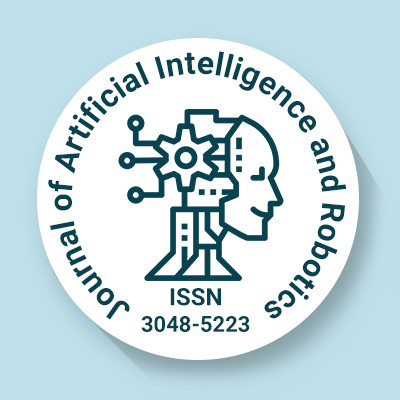
Journal of Artificial Intelligence and Robotics
OPEN ACCESS
ISSN: 3048-5223

OPEN ACCESS
ISSN: 3048-5223
Deep learning is a subclass of machine learning that focuses on using neural networks to perform tasks such as classification, regression, and representation learning. This field is inspired by biological neuroscience and revolves piling artificial neurons in layers and training them to process data. “Deep” refers to using numerous layers (three to several hundred or thousands) within the network. Techniques used can be supervised, semi-supervised or unsupervised.
Structures of neural networks were influenced by nature’s information processing and distributed node communications, particularly in the human brain. Although modern neural networks do not aim to simulate brain activity of creatures, they are often considered low quality models when it comes to modeling that.
Some of the most popular deep learning network architectures: transformers, generative adversarial networks, transformers, and neural radiance field. In applications like computer vision, speech recognition, natural language processing, machine translation, bioinformatics, drug design, medical image analysis, climate science, material inspection, and board game software, they have achieved results that are comparable to and sometimes even better than human expert results.
Deep learning is basically a machine learning algorithm that uses a stack of layers to map input data into a more and more abstract and composite representation. An image recognition model can use an image (in the form of a tensor of pixels) as an unprocessed input. The first level of representation, lines and circles can be recognized; in the second level, edges can be encoded; in the third level, noses and eyes can be encoded; and in the fourth level, a face can be identified.
A deep learning process learns how to put features at maximum levels independently. Deep learning replaces hand crafted features engineering, which converted data into a form fit for a classification algorithm before deep learning. A deep learning model learns feature representations from data instead of hand crafted features. Different layer counts and layer sizes can achieve different levels of abstraction, so hand tuning is still necessary.
Data is transformed through deep learning over many years. There is a large depth of credit assignment path (CAP) in deep learning networks. CAP is the sequence of mappings from input to output. CAP defines the potential casual relationships between input and outputs. The CAP depth of feedforward network is the number of hidden layers plus one. In the deep learning approach features are not manually designed and the model learns useful feature representations from the data automatically.